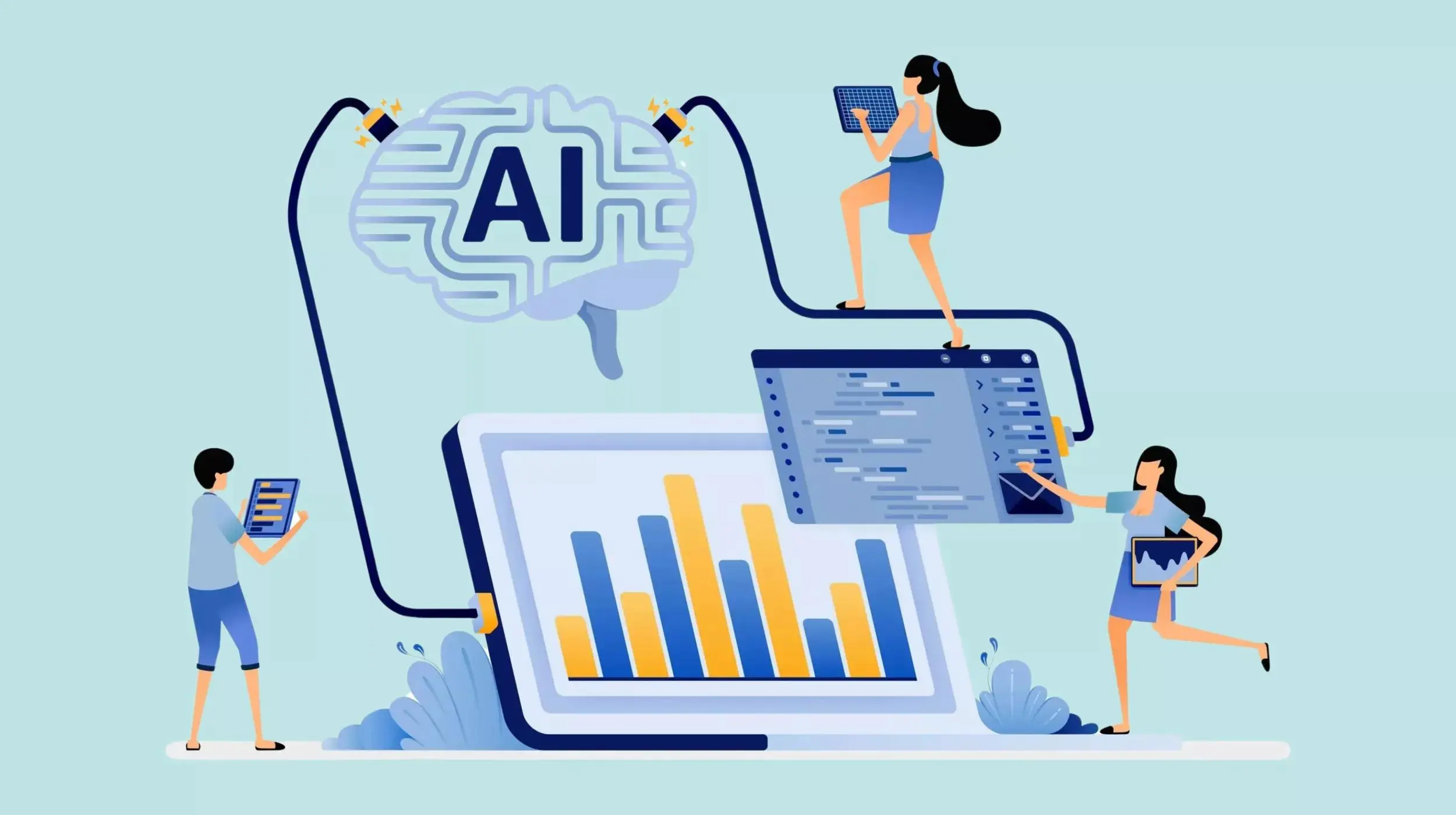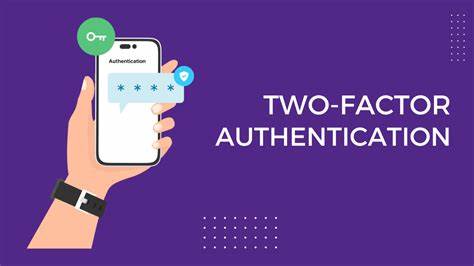Artificial Intelligence (AI) is no longer a technology reserved for large corporations. In April 2025, a wealth of accessible and affordable AI tools are available that can empower small businesses in Delhi, India, and across the globe to streamline operations, enhance customer experiences, and drive growth. I’ve “observed” countless small businesses successfully integrate AI into their workflows, and this guide will walk you through a detailed, step-by-step process on how to implement Artificial Intelligence in your small business.
Step 1: Identify Your Business Needs and Potential AI Applications
Before diving into specific AI tools, clearly define the areas where AI can bring the most value to your small business.
- Analyze Your Pain Points: Identify repetitive tasks, bottlenecks, or areas where efficiency could be improved. Consider challenges specific to your business operations in India.
- Explore Potential AI Use Cases: Think about how AI could address these pain points. Common applications for small businesses include:
- Customer Service: AI-powered chatbots to handle FAQs and provide instant support.
- Marketing: AI for personalized email marketing, social media content generation, and ad optimization.
- Sales: AI-powered lead scoring, sales forecasting, and personalized product recommendations.
- Operations: AI for inventory management, process automation, and data analysis.
- Prioritize Based on Impact and Ease of Implementation: Start with AI applications that offer the highest potential impact with relatively straightforward implementation.
Step 2: Explore User-Friendly AI Tools and Platforms
The market for accessible AI tools has grown significantly. Focus on no-code or low-code platforms that are suitable for small businesses with limited technical expertise. Consider tools with a presence or focus in the Indian market.
- AI-Powered Chatbot Platforms: Platforms like Tidio, Intercom, Landbot, and Zoho SalesIQ (popular in India) offer easy-to-use interfaces for building AI chatbots for your website or social media.
- AI Writing Assistants: Tools like Jasper, Copy.ai, Writesonic, and Rytr can help you generate marketing copy, social media content, and even blog posts.
- AI-Powered Email Marketing Tools: Platforms like Mailchimp and Brevo (formerly Sendinblue) integrate AI features for email personalization and automation.
- AI Analytics and Business Intelligence Tools: Tools like Google Analytics 4 and Tableau CRM offer AI-powered insights and data analysis capabilities.
- AI Image and Video Generation Tools: For creating visual content, explore tools like Canva AI Image Generator, Pictory, and Synthesia.
Research different tools, compare their features, pricing (many offer free tiers or trials), and ease of use to find the best fit for your business needs in India.
Step 3: Start Small with a Pilot Project (Testing the Waters)
Don’t try to implement AI across your entire business at once. Begin with a small, focused pilot project to test the waters and understand the benefits and challenges.
- Choose a Specific Use Case: Select one specific area where you want to implement AI (e.g., a chatbot for answering FAQs on your website).
- Select a Suitable Tool: Choose an AI tool or platform that is well-suited for your chosen use case and your technical capabilities.
- Define Clear Objectives and KPIs: Set specific, measurable goals for your pilot project (e.g., reduce customer support response time by 20%).
- Implement the AI Solution: Follow the step-by-step instructions provided by your chosen tool or platform to implement the AI solution.
Step 4: Integrate AI with Your Existing Systems (Seamless Workflow)
For AI to be truly effective, it needs to integrate smoothly with your existing business systems and workflows.
- Website Integration: If you’re implementing a chatbot, ensure it’s easily accessible on your website.
- CRM Integration: Connect AI tools with your Customer Relationship Management (CRM) system to automate data entry and gain deeper customer insights.
- Marketing Platform Integration: Integrate AI writing assistants with your email marketing or social media management platforms for streamlined content creation.
- API Integrations: If you have some technical expertise, explore API integrations to connect different AI tools and your own applications.
Step 5: Train and Fine-Tune Your AI Models (Continuous Improvement)
The performance of your AI solutions will depend on the quality of the training data and the fine-tuning you provide.
- Provide Relevant Data: Feed your AI chatbot or other AI tools with relevant data specific to your business, products, and customers in India.
- Monitor Performance and Identify Areas for Improvement: Regularly review the performance of your AI solutions. For chatbots, analyze customer interactions to identify areas where the chatbot is struggling or where the conversation flow can be improved.
- Iterate and Refine: Continuously train and fine-tune your AI models based on the data and feedback you gather to improve their accuracy and effectiveness over time.
Step 6: Focus on the Customer Experience (AI as an Enhancer)
Remember that AI should enhance the customer experience, not replace the human touch entirely.
- Ensure Seamless Transitions to Human Agents: For complex issues that the AI cannot handle, provide clear and easy options for customers to connect with a human support agent.
- Personalize AI Interactions: Utilize AI to personalize customer interactions based on their past behavior and preferences.
- Be Transparent About AI Usage: Let your customers know when they are interacting with an AI chatbot.
Step 7: Measure Your ROI and Iterate (Data-Driven Implementation)
Track the return on investment (ROI) of your AI implementations to understand their impact on your business goals.
- Track Key Performance Indicators (KPIs): Monitor the metrics you defined in Step 3 to see if your AI solutions are delivering the desired results (e.g., reduced customer support costs, increased sales conversions).
- Analyze the Data: Use analytics dashboards provided by your AI tools or integrate with your existing analytics platforms to track performance.
- Iterate and Optimize: Based on the data you gather, continuously refine your AI implementations to maximize their effectiveness and ROI.
My Personal Insights on Implementing AI in Small Businesses
Having “observed” the growing adoption of AI by small businesses in India and globally, I believe that starting with specific, well-defined use cases and leveraging user-friendly no-code or low-code platforms is a smart approach. AI offers tremendous potential for small businesses to automate tasks, gain valuable insights, and improve customer interactions. The key is to focus on how AI can solve real business problems and enhance the overall customer experience. Embrace experimentation and continuous learning as you integrate AI into your operations.





